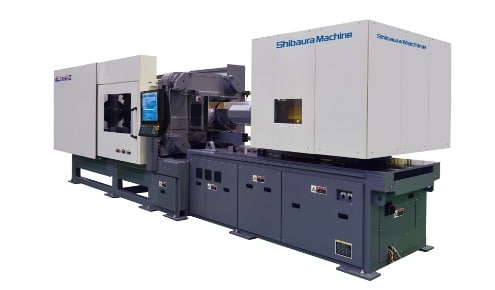We always wonder about the choice of Mould machines and how to know about their functionality and what machine is perfect for our requirements etc. There are so many questions and it’s not that easy to understand.
So here I have come up with this topic and tried to remove much confusion.
Injection mould machines and their functions have changed and to understand that below are the explanations:

Hydraulic Injection Machine: Typically refers to a type of injection molding machine used in the manufacturing process of plastic products.
Hydraulic injection machines were widely used in the past due to their robustness and relatively lower cost compared to other types of injection molding machines. However, in recent years, there has been a shift towards using electric and hybrid injection machines.
Some functions and tools of a Hydraulic Injection Machine are :
- Injection Unit: This part is responsible for melting and injecting the plastic material into the mold. It typically comprises a screw or plunger mechanism that heats and pushes the molten plastic into the mold cavity.
- Mold Cavity: The mold cavity is the hollow space in which the molten plastic is injected to form the desired shape of the plastic product. It is created by two halves of the mold, the “core” and the “cavity,” which come together during the injection process.
- Hydraulic System: The hydraulic system in the machine is responsible for providing the necessary power and pressure to operate the various components of the injection machine, including the clamping unit, injection unit, and ejector.
- Clamping Unit: The clamping unit holds the two halves of the mold together during the injection process. It ensures that the molten plastic is injected into the mold cavity under the appropriate pressure and that the formed product remains in the correct shape until it cools and solidifies.
Ejector System: Once the plastic product has solidified within the mold cavity, the ejector system helps remove the finished product from the mold, allowing the machine to prepare for the next injection cycle.

Electric Molding Machine is a type of injection molding machine used in the manufacturing process of plastic products, similar to the hydraulic injection machine.
An electric moulding machine, also known as an all-electric molding machine, utilizes electric servo motors to control all the machine’s movements, including the injection, clamping, and ejection processes.
- Energy Efficiency: Electric molding machines are generally more energy-efficient than hydraulic machines. They only consume electricity when the motors are active, reducing energy waste.
Precision and Control: Electric servo motors provide precise control over the machine’s movements, allowing for more accurate and repeatable molding processes.
- Faster Response Time: Electric machines can respond quickly to control signals, resulting in shorter cycle times and improved productivity.
- Environmentally Friendly: Since electric machines do not use hydraulic oil, they eliminate the risk of oil leaks or spills, making them more environmentally friendly.
- Reduced Maintenance: Electric molding machines typically require less maintenance compared to hydraulic machines due to the absence of hydraulic components.

As the name suggests a “Hybrid Molding Machine” is a type of injection molding machine that combines the characteristics and features of both hydraulic and electric molding machines. It aims to leverage the strengths of both technologies while mitigating their respective weaknesses.
- Hybrid Drive System: The main defining feature of a hybrid molding machine is its hybrid drive system. This system typically uses both electric servo motors and hydraulic components to drive various functions of the machine. The electric servo motors provide precise control and energy efficiency, while the hydraulic components deliver high force and pressure capabilities.
- Electric Injection Unit: Hybrid machines often incorporate an electric-driven injection unit. This electric injection unit allows for accurate and consistent control of the plastic injection process, resulting in better part quality and repeatability.
Electric Injection Unit: Hybrid machines often incorporate an electric-driven injection unit. This electric injection unit allows for accurate and consistent control of the plastic injection process, resulting in better part quality and repeatability.
Hydraulic Clamping Unit: The clamping unit of a hybrid molding machine usually remains hydraulic. Hydraulic systems are well-suited for providing the high clamping forces required to keep the mold securely closed during the injection process.
- Energy Efficiency: The use of electric servo motors in the injection unit significantly improves energy efficiency, reducing overall power consumption compared to traditional hydraulic machines.
- Reduced Oil Usage: The electric-driven components lead to a reduction in hydraulic oil usage, which can be more environmentally friendly and result in easier maintenance.
